Imagine that instead of going to school 7 hours a day, 5 days a week, 9 months a year, you went to work 14 hours a day, 6 days a week, 12 months a year.

In the late 1800s, some reformers grew concerned about the negative impact that working under such conditions had on working-class and poor children. Those children did not go to school, and they did not have much time to play. Reformers brought the issue of how children were exploited to the government’s attention. They also rolled up their sleeves and made change happen.
In 1889, Jane Addams and Ellen Gates Starr opened one of the first settlement houses in the United States. They found and fixed up a house in a poor, immigrant neighborhood in Chicago. Addams and Starr called their settlement house Hull-House. College-educated individuals like them made a commitment to live and work in the house and in the community to improve the daily lives of those who lived around them. They took a particular interest in children. They believed children should have fresh air, time to play, and safe places to play—not dark alleys or busy city streets. Toward that goal, they helped create city parks and playgrounds.
Addams, Starr, and others who lived at Hull-House believed children should have the opportunity to grow up healthy and to go to school. They offered courses on how to prepare healthful meals and provided childcare. They also ran after-school and summer-school programs for children of immigrant families and working mothers. They helped the mothers who came to Hull–House to find jobs that paid a fair wage, so that the young children in their families would not have to work.
This story is from the July/August 2017 edition of Cobblestone American History Magazine for Kids.
Start your 7-day Magzter GOLD free trial to access thousands of curated premium stories, and 8,500+ magazines and newspapers.
Already a subscriber ? Sign In
This story is from the July/August 2017 edition of Cobblestone American History Magazine for Kids.
Start your 7-day Magzter GOLD free trial to access thousands of curated premium stories, and 8,500+ magazines and newspapers.
Already a subscriber? Sign In
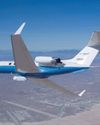
Eye in the Sky
An interview with Joe Piotrowski
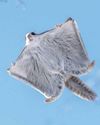
Airborne Animals
Humans have taken to the skies in balloons, gliders, and airplanes-but we're not alone among the clouds. Animals of all sorts have evolved to harness wind power.
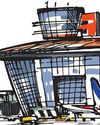
TAKING OFF
The Wright brothers expected airplanes to “take off,” but even they might be amazed at the way the airline industry has become big business. In the past, it was expensive to send something by plane.

GROWTH OF AN INDUSTRY
After their historic flight at Kitty Hawk in 1903, Wilbur and Orville Wright returned to Dayton, Ohio. They spent the next few years making adjustments and building additional versions of their powered aircraft in their bicycle shop.
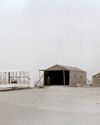
WHY KITTY HAWK?
The Wright brothers searched carefully for the best place to test their gliders and flying machines. Their main concern was for good, steady winds. But they also hoped to find a remote location to allow them to perform tests away from the public eye.
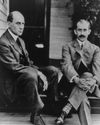
Two Brothers From Ohio
Most people do not realize that the Wright brothers—Wilbur, born in 1867, and Orville, born in 1871—performed various scientific experiments before inventing their aircraft. For as long as anyone in their hometown of Dayton, Ohio, could remember, the Wright boys had worked on mechanical projects.
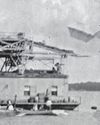
A Helping Hand
May 6, 1896. A group of people who had gathered beside the Potomac River, just south of the U.S. capital, grew quiet. Then, it erupted in cheers as a small, unmanned aircraft took to the skies and flew for more than half a mile. The flight came seven years before the Wright brothers’ first manned, powered flight. The inventor of the aircraft was Dr. Samuel Pierpont Langley.
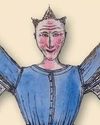
THE IDEA MEN
People dreamed of flying thousands of years before the Wright brothers found success near Kitty Hawk, North Carolina. These dreamers, such as Leonardo da Vinci, studied birds flying and imagined how humans might do the same—if only they had wings. Other men developed a more hands-on approach to the topic. Early inventors made wings of cloth, glue, and feathers and tied these creations to their arms in an attempt to imitate nature.
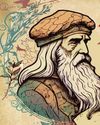
Da Vinci's 4 Designs
Have you ever wondered how a bird flies? Leonardo da Vinci (1452–1519) did. He thought that understanding how a bird flies would provide the key to human flight. So, what did da Vinci learn from birds?

Silken Wings
Seven hundred years before the Wright brothers began experimenting with human flight, the Chinese had already mastered its secrets—with kites.